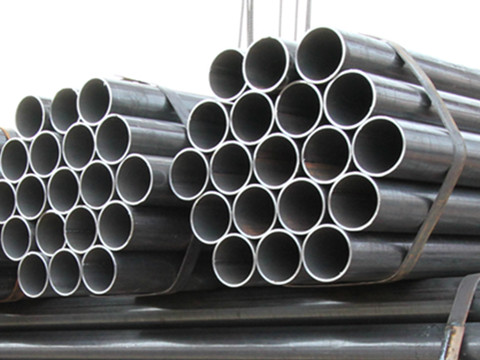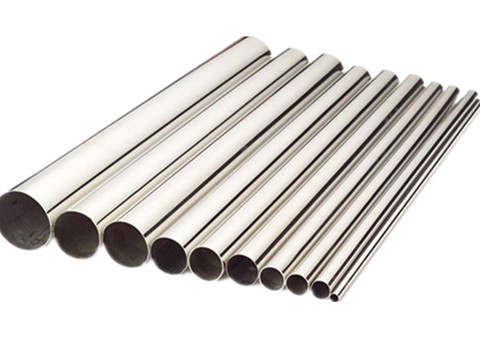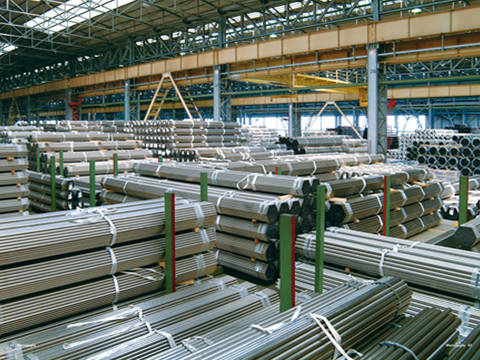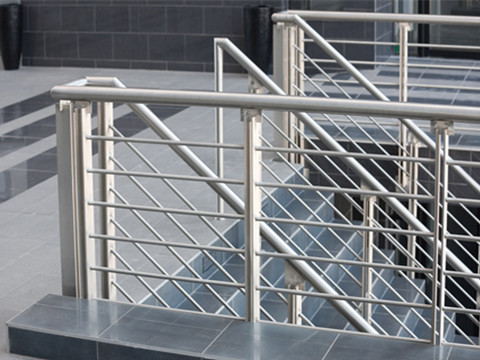Carbon steel pipe is made from ingots or solid round steel by piercing to make a rough tube and then made by hot rolling, cold rolling, or cold dialing process. Its carbon content is about 0.05% to 1.35%. The steel pipe made of 10, 20, and other low-carbon steel is mainly used for fluid transportation pipelines. And steel pipes made of 45, 40Cr, and other medium carbon steel can be used to manufacture mechanical parts, such as cars, tractors, stressed parts. The following are the specifications of carbon steel pipes.
Size range: approximately 1/2″ NB to 36″ NB.
Manufacturing standards: ASTM A/ASME SA 106 Grade A, B, C; ASTM A/ASME SA 53 Grade A, B; API 5L – PSL 1 Gr. A, B, X42, X46, X52, X56, X60, X65, X70; ASTM A/ASME SA 333 Grade 1, 6.
Wanzhi Steel offers carbon steel pipes in different sizes and shapes to meet your project needs, including hard-to-find and custom sizes. Feel free to contact us for more details.
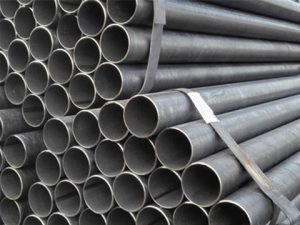
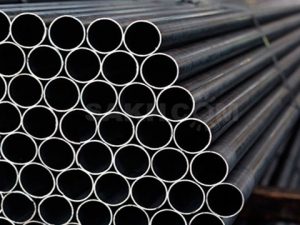
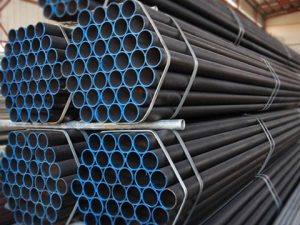
Carbon Steel Pipe Production Process
The following is the production process of carbon steel tubes for your reference.
Round pipe billet → heating → perforation → three-roll slant rolling, continuous rolling or extrusion → deburring → sizing (or reduction) → cooling → straightening → hydrostatic test (or flaw detection) → marking → storage
1. First, the round pipe blanks are cut and processed into blanks with a length of about 1 meter by a cutting machine, and then sent to the furnace for heating via a conveyor belt.
2. The billet is heated in the furnace at a temperature of about 1200 degrees Celsius.
3. Next, the round pipe billet needs to be hollowed out by a pressure perforating machine. The more common piercing machine is generally a conical roll piercing machine.
4. After perforation, the round billet will be successively rolled, continuously rolled, or extruded in three rolls.
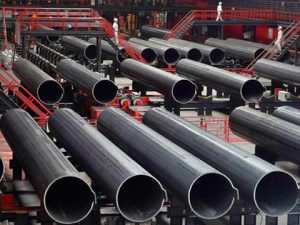
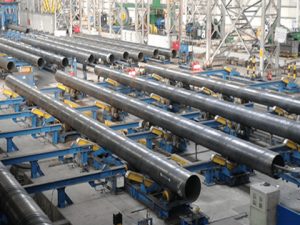
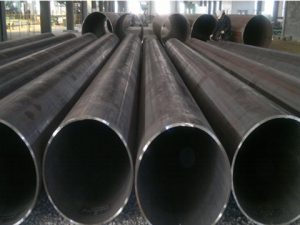
5. After extrusion, the tube should be sized off. The sizing machine rotates into the steel embryo at high speed through the conical drill bit to punch holes and form the steel pipe.
6. After sizing, the steel pipe enters the cooling tower and is cooled by water jets. After the steel pipe is cooled, it has to be straightened.
7. Steel pipe is straightened and sent by conveyor belt to metal flaw detector (or hydraulic test) for internal flaw detection. (If there are cracks, bubbles, and other problems inside the steel pipe, they will be detected.)
8. Finally, after quality inspection, the steel pipe is sprayed with paint with a number, specification, production lot number, etc., and lifted into the warehouse by crane.
Carbon Steel Pipe Classification
According to the manufacturing process: hot-rolled carbon steel pipe and cold-rolled carbon steel pipe.
According to the manufacturing method: seamless steel pipe and welded steel pipe.
Among them, hot-rolled carbon steel pipe is divided into general steel pipe, low and medium pressure boiler steel pipe, high-pressure boiler steel pipe, alloy steel pipe, stainless steel pipe, petroleum cracking pipe, geological steel pipe, other steel pipes, etc. And cold-rolled carbon steel pipe in the hot-rolled carbon steel pipe based on also includes carbon thin-walled steel pipe, alloy thin-walled steel pipe, stainless thin-walled and shaped tube.
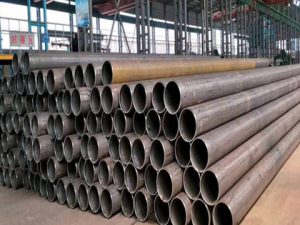
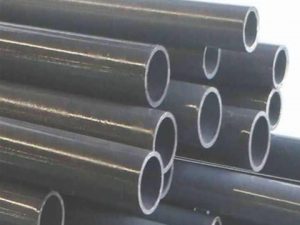
What Color Is Carbon Steel Pipe?
The composition of carbon steel tubes is mainly carbon and iron alloy, and other metal elements are relatively small. Therefore, its appearance is mainly the color of iron. Especially compared with stainless steel pipe, the color of carbon steel pipe will be much darker. In addition, it is not as resistant to corrosion as stainless steel tubing.
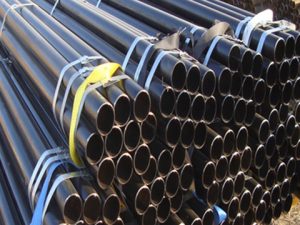
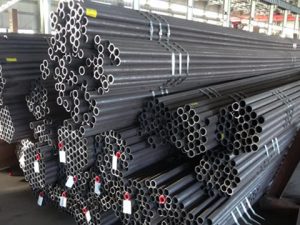
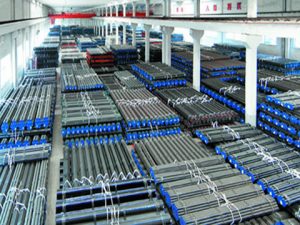
Contact Wanzhi Steel Today to Learn More
Wanzhi Steel is a company that specializes in steel products. We can provide you with hard-to-find carbon steel pipes and other steel tubes and pipes products. In addition, we have our factory and warehouse with the ability to take large volume orders. If you are planning to buy carbon steel pipes, please feel free to contact us today for more details.

